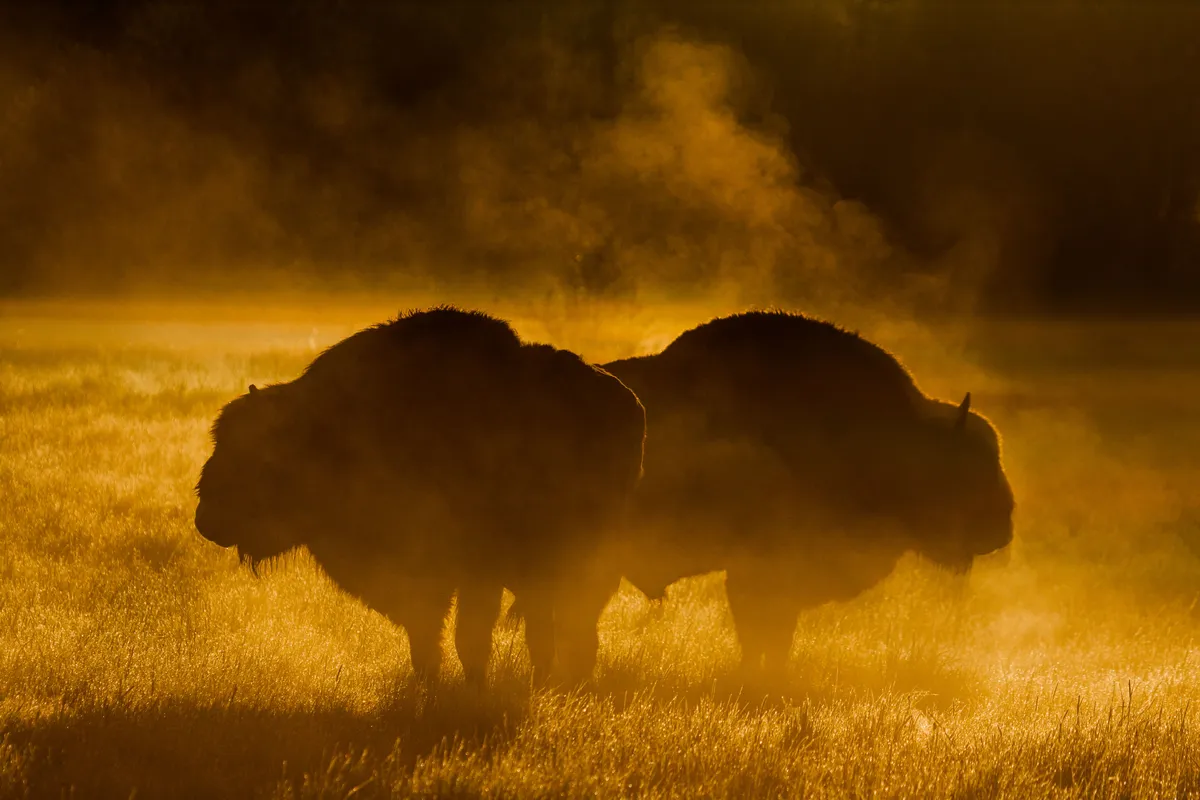The latest International Union for Conservation of Nature (IUCN) Red List of Threatened Species update has revealed that 26 species, including the European bison, have experienced a recovery as a result of continued conservation efforts. However, 31 species have been categorised as Extinct.
Earlier this month, IUCN announced that there are now 128,918 species of flora and fauna included on their Red List, with 35,765 of those species listed as threatened with extinction.
“The European bison and twenty-five other species recoveries documented in today’s IUCN Red List update demonstrate the power of conservation,” says Dr Bruno Oberle, director general of the IUCN.
“Yet the growing list of Extinct species is a stark reminder that conservation efforts must urgently expand. To tackle global threats such as unsustainable fisheries, land clearing for agriculture, and invasive species, conservation needs to happen around the world and be incorporated into all sectors of the economy.”
Bison population is conservation success
The European bison was reintroduced into the wild during the 1950s after only surviving the early 20th century in captivity. In 2003, the wild population was believed to be around 1,800 but as a result of long-term conservation management, the population had grown to more than 6,200 (as of 2019) in number. The IUCN considers this increase to be a justifiable reason to move the species from Vulnerable to Near Threatened.

The largest European bison subpopulations can be found in Belarus, Poland, and Russia. However, the survival of these large mammals heavily relies on the ongoing conservation measures that are currently in place, which include translocations of bison and the reduction of conflicts between bison and humans.
“To reduce the conflict risk and the bison’s dependence on supplementary feeding, it will be important to create protected areas that include open meadows for them to graze,” explains Dr Rafał Kowalczyk, the co-author of the new assessment and member of the IUCN SSC Bison Specialist Group.
31 species declared extinct
All of the 17 species of freshwater fish endemic to the Philippines’ Lake Lanao and its outlets, are now either categorised as Extinct (15 species) or Critically Endangered, meaning that they are Possibly Extinct (two species). Their decline is attributed to the introduction of predatory species, overharvesting, and destructive fishing methods.
Three species of frog in Central America have also now been declared as Extinct. A further 22 species across both Central and South America have been listed as Critically Endangered (Possibly Extinct). These decreases are believed to be a direct result of chytridiomycosis disease - an infectious disease caused by the chytrid fungus, which often leads to death and affects frogs worldwide.
“Seeing so many species joining the Extinct category, many of which have only just been discovered, is heart-breaking,” says Dr Andrew Terry, director of conservation and policy at ZSL.
“The Red List is a vital tool that helps us understand the pressures facing the diversity of life and therefore the conservation responses needed. A healthy natural world is vital to our wellbeing - we now need to see a clear focus placed on the recovery of species and the maintenance of diversity within the new Global Biodiversity Framework.”
However, as with the bison, conservation efforts have proven to be key in improving the status of many species of amphibian including the Oaxaca treefrog, which benefited from the actions taken by local communities within Mexico, and has been reclassified from Critically Endangered to Near Threatened.
Other species updates
In addition to the classifications above, all of the world's freshwater dolphins are now listed as threatened on the IUCN Red List, following the reclassification of the tucuxi, a small grey dolphin found in the Amazon river system, from Data Deficient to Endangered.

Almost one third of oak trees are now deemed to be threatened with extinction. In this update, nine Asian oaks were added to the list and classified as Critically Endangered.
45% of a group of flowering plants known as the protea family have now been assessed as Vulnerable, Endangered or Critically Endangered.
Main image: European bison. © Rafał Kowalczyk
